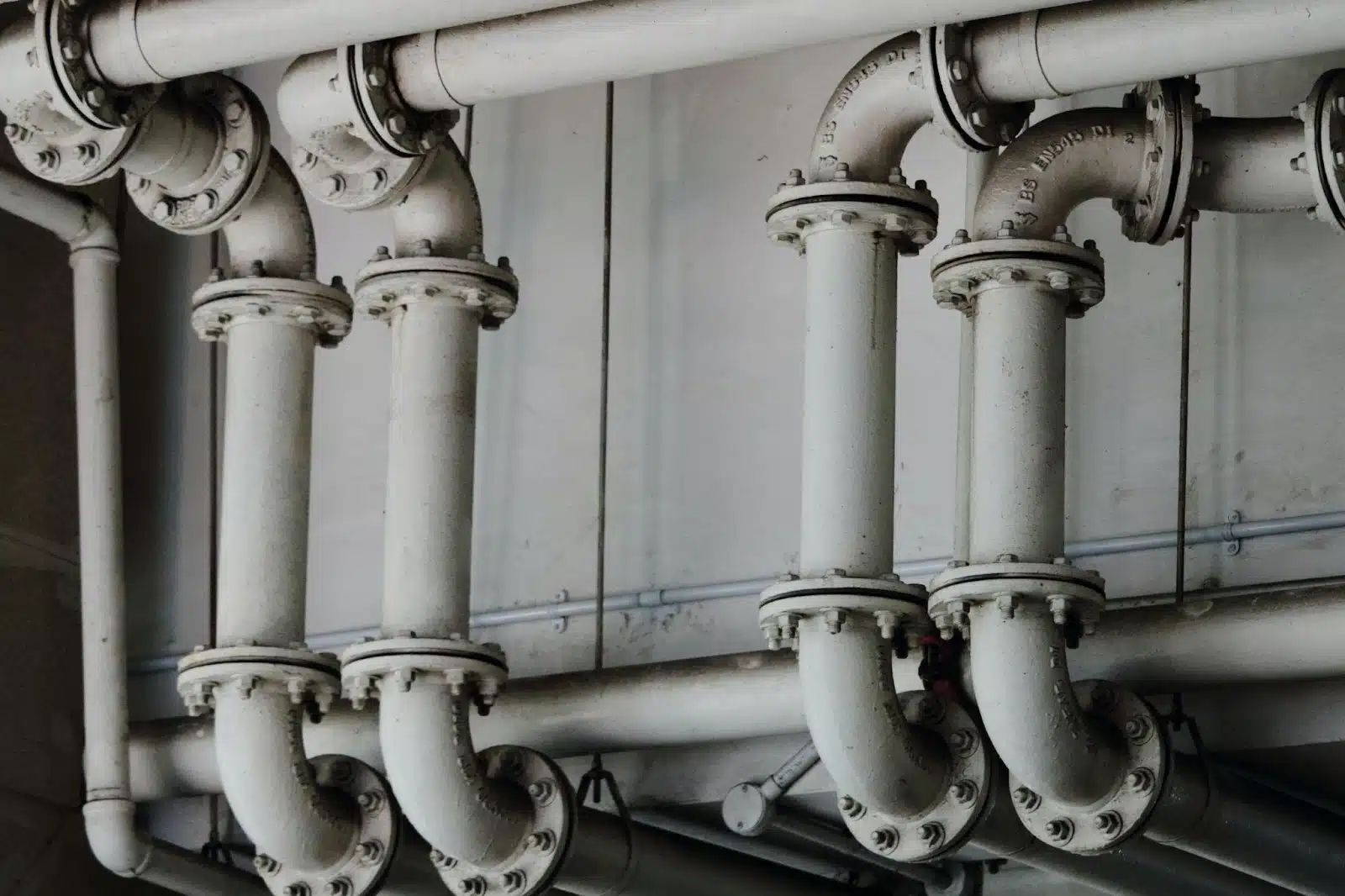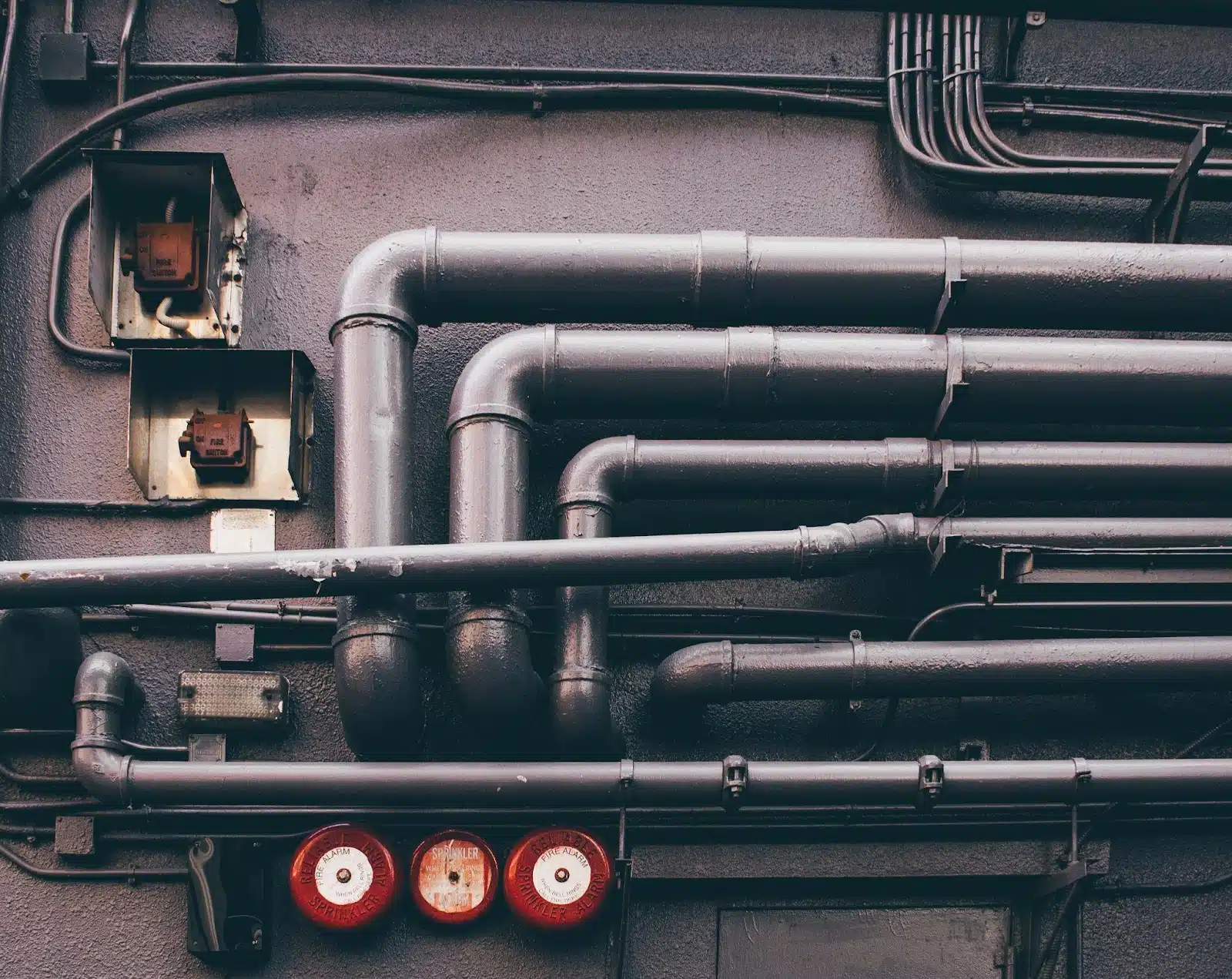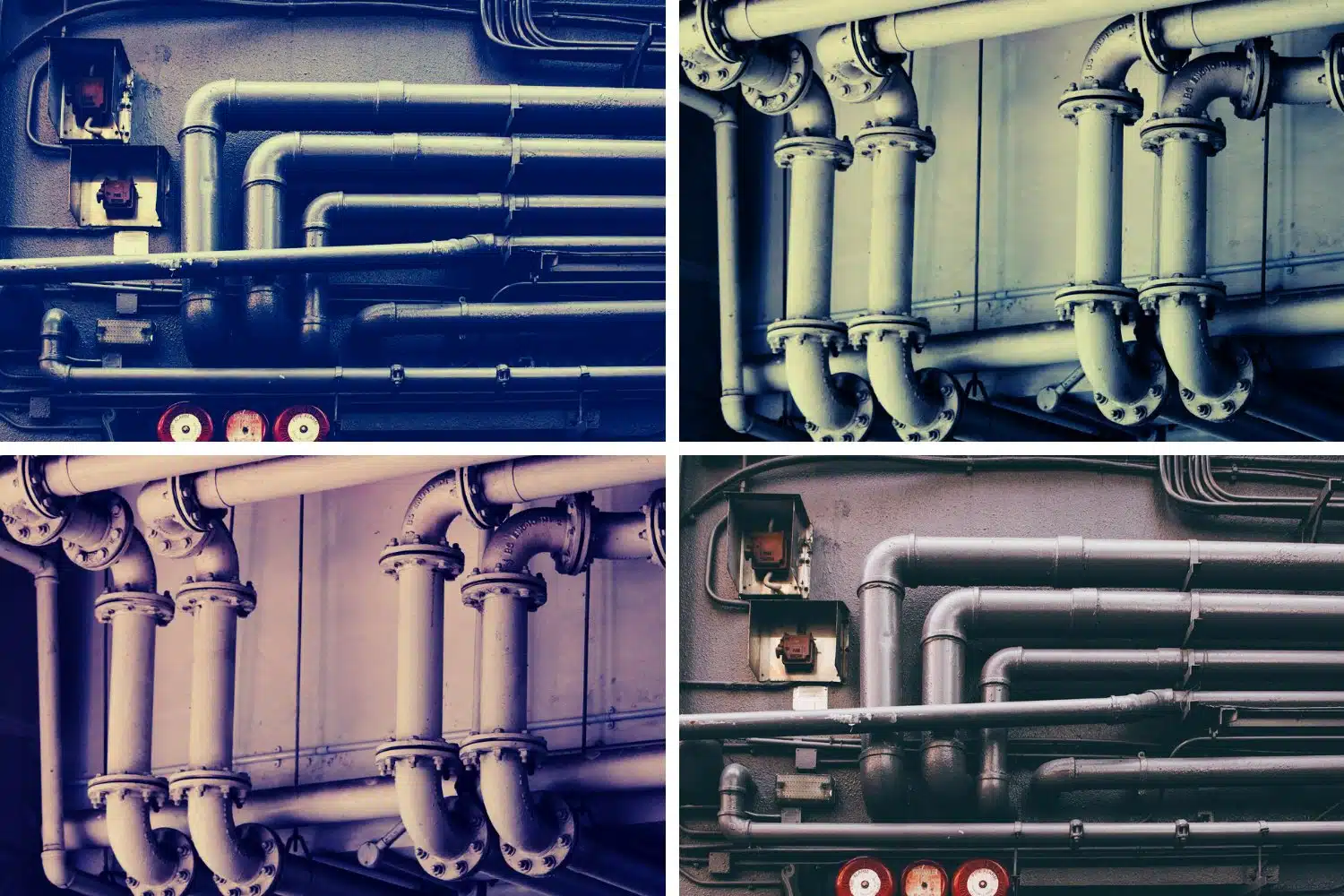Installing a new pipe in your home can be a valuable skill that allows you to make necessary upgrades or modifications to your plumbing system. Whether you’re extending an existing pipeline or creating an entirely new one, understanding the proper procedures and considerations is essential.
This article serves as a comprehensive guide to help you through the process of installing a new pipe in your home. From gathering the necessary tools and materials to testing the system for functionality, we’ll cover each step to ensure a successful and reliable installation. Additionally, we’ll explore different pipe materials, highlight the importance of adhering to local building codes, and provide tips for expanding your plumbing knowledge.
By following this guide, you can confidently take on this DIY plumbing project and enhance your understanding of your home’s plumbing infrastructure.
Gathering Tools and Materials

Before starting any plumbing project, it is essential to gather all the necessary tools and materials. For installing a new pipe, you will need the following:
- Pipe cutter or hacksaw: Used to cut the pipe to the desired length. A pipe cutter or hacksaw is essential for cleanly and accurately cutting pipes to the required length, ensuring a precise fit and proper installation.
- Pipe fittings: Depending on your plumbing needs, choose the appropriate fittings such as elbows, tees, and couplings. Pipe fittings play a crucial role in plumbing projects by allowing for the connection, redirection, and branching of pipes to create a functional and efficient plumbing system.
- Pipe wrench or adjustable wrench: Used to tighten and secure the fittings. It provides the necessary gripping force to tighten and secure pipe fittings. It also ensures a leak-free connection and a reliable plumbing system.
- Teflon tape: Applied to threaded connections for a watertight seal. It is a thin, flexible tape that is wrapped around the threads of pipe fittings to create a tight seal, preventing leaks and ensuring a reliable, watertight connection in plumbing systems.
- PVC glue (if using PVC pipes): Used to bond PVC fittings and pipes.
- Measuring tape: For accurate measurements and cuts.
- Safety goggles and gloves: To protect yourself during the installation process. Safety goggles and gloves are essential personal protective equipment (PPE) that protect your eyes and hands from potential hazards during the plumbing installation process, such as flying debris, sharp edges, or exposure to chemicals. Wearing these safety items helps minimize the risk of injuries and ensures a safer working environment.
- Galvanized tube clamps: they are commonly used in plumbing projects where the installation requires securing pipes or tubes to walls, ceilings, or other structures. Often used in applications such as supporting water or gas pipes, galvanized tube clamps are designed to provide a sturdy and secure hold on the pipes, preventing them from shifting or sagging. When gathering tools and materials for a plumbing project involving galvanized pipes, it is important to include galvanized tube clamps to ensure proper support and stability.
Planning and Measuring
Before cutting and installing the new pipe, it is crucial to plan the route and measure the length needed accurately. Consider the purpose of the pipe and its connection points to determine the ideal route. Measure the distance between the connection points and add a few inches to account for fittings. Take into account any obstacles such as electrical wires or other pipes that may affect the installation process.
Cutting and Installing the Pipe
Once you have planned and measured the route, it’s time to cut and install the new pipe. Follow these steps:
- Mark the pipe: Using a marker or pencil, mark the measured length of the pipe.
- Cut the pipe: If using a pipe cutter, place it on the marked spot and tighten the blade. Rotate the cutter around the pipe until it cuts through. Alternatively, use a hacksaw to cut through the marked spot. Ensure a clean, straight cut.
- Deburr the edges: After cutting the pipe, use a file or sandpaper to remove any sharp edges or burrs. Smooth out the edges to ensure a proper fit.
- Install the fittings: Apply Teflon tape to the threaded ends of the fittings. Secure the fittings onto the pipe by hand and then tighten them with a pipe wrench or adjustable wrench. Use the appropriate adhesive (such as PVC glue for PVC pipes) to bond the fittings and pipes securely.
- Connect the pipe: Position the new pipe in place, aligning the fittings with the connection points. Use a wrench to tighten and secure the fittings, ensuring a leak-free connection.
Testing and Inspecting the Installation

After completing the installation of the new pipe, it is crucial to test and inspect the system to ensure its proper functionality. Follow these steps:
- Turn on the water supply: Gradually turn on the water supply and check for any leaks or drips around the newly installed pipe and fittings. Inspect all the connections carefully. If you notice any leaks, tighten the fittings or apply additional Teflon tape to achieve a watertight seal.
- Check for proper drainage: If the new pipe is part of a drainage system, test its functionality by running water through it. Ensure that the water flows smoothly without any blockages or backups. Monitor the drainage system for any unusual noises or slow drainage, which could indicate an installation issue.
- Verify water pressure and flow: Evaluate the water pressure and flow rate in the affected area. If you notice a significant decrease in pressure or flow, it could be a sign of an obstruction or improper installation. Revisit the installation steps and inspect for any potential issues that may be affecting water flow.
Proper Documentation and Maintenance
It is essential to keep proper documentation of the new pipe installation for future reference. Take note of the pipe’s location, length, and any other relevant information. This documentation will be valuable in case of any repairs, or renovations, or if you need to consult a professional plumber.
Also, regular maintenance is crucial to ensure the longevity and efficiency of your plumbing system. Inspect the installed pipe periodically for any signs of wear, corrosion, or leaks. Replace any damaged fittings or pipes promptly to prevent further issues. By staying proactive with maintenance, you can avoid costly repairs and potential water damage.
Seeking Professional Help
While DIY plumbing projects can be rewarding, it is important to know your limits. If you encounter complex plumbing systems, unfamiliar pipe materials, or extensive installations, it may be best to seek the assistance of a professional plumber. They have the expertise and experience to handle intricate projects, ensuring the job is done correctly and minimizing the risk of costly mistakes or accidents.
Considerations for Different Pipe Materials
When installing a new pipe in your home, it is important to consider the material options available and choose the most suitable one for your needs. Common pipe materials include copper, PVC (polyvinyl chloride), PEX (cross-linked polyethylene), and galvanized steel. Each material has its advantages and considerations.
Copper pipes are known for their durability and resistance to corrosion. They are often used for water supply lines. When installing copper pipes, proper soldering techniques and the use of flux are crucial for secure connections.
PVC pipes are lightweight, affordable, and easy to work with. They are commonly used for drainage and venting systems. Ensure you select the appropriate PVC fittings and solvent cement for a reliable installation.
PEX pipes are flexible and resistant to freezing, making them suitable for both hot and cold water applications. They require the use of crimp or clamp fittings and a specialized crimping tool for secure connections.
Galvanized steel pipes are strong and durable, but they can be prone to rust and corrosion over time. When working with galvanized pipes, it is important to use appropriate fittings. Also consider applying a protective coating to extend their lifespan.
Adhering to Local Building Codes
Before embarking on any plumbing project, it is crucial to familiarize yourself with the local building codes and regulations. These codes ensure the safety and compliance of plumbing systems within your area. They may dictate specific requirements for pipe materials, sizes, installation methods, and permits. Failure to adhere to these codes can result in penalties, and your insurance may not cover any damages caused by non-compliant installations. Research and consult with local authorities or a professional plumber to ensure your new pipe installation meets all the necessary codes and requirements.
Expanding Your Plumbing Knowledge
Installing a new pipe in your home can be an excellent opportunity to expand your plumbing knowledge and skills. It is a practical way to learn about pipe materials, fittings, tools, and installation techniques. Take advantage of online resources, tutorials, and plumbing forums to gather additional information and insights. By continuously enhancing your plumbing knowledge, you can confidently tackle future plumbing projects and handle minor repairs or maintenance tasks with ease.
Conclusion
Installing a new pipe in your home requires careful consideration of pipe materials, adherence to local building codes, and a commitment to expanding your plumbing knowledge. By selecting the appropriate pipe material, following the recommended installation techniques, and seeking professional assistance when necessary, you can successfully upgrade your plumbing system. Remember to prioritize safety, proper documentation, and maintenance to ensure a reliable and efficient plumbing infrastructure within your home.






